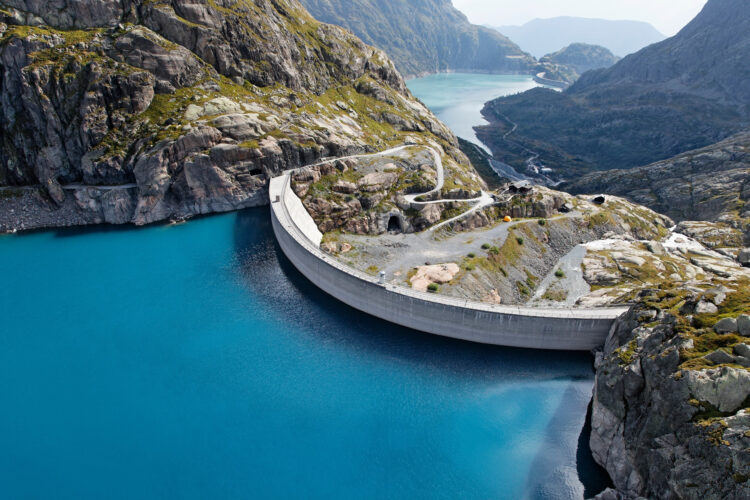When water flow needs to be stopped, for any reason, people build a barrier that restricts the flow. That type of building that looks like a wall that is built to stop the river or underground streams is called a dam.
There are a lot of reasons why people build dams, such as hydropower, irrigation, industrial or agricultural use, human consumption, or preventing the water from flowing in some areas. That is why dams should be strong, tough, and durable because when a dam collapses, there is a huge chance for a great catastrophe.
India is one of the countries in the world that is rich in rivers and water potential. There are at least 4300 dams there that are used for many purposes, including industrial and hydra energetic. Also, there are several smaller projects.
These dams attract a lot of tourists every year because there are beautiful artificial lakes near the dams. Sometimes, people use these lakes to relax and swim, or just to sit there and look at the breathtaking nature around.
So, let’s see which dams are the most popular in India, and also, to look through the reasons why they were built?
Table of Contents
5. Tehri Dam
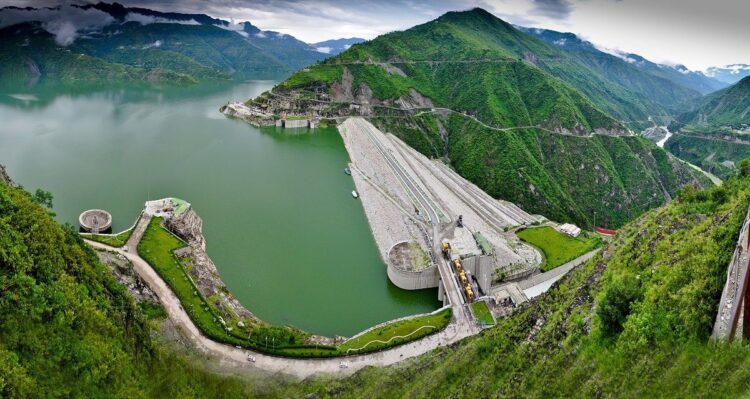
This is the largest dam in India, and also it is one of the highest dams in the world. Tehri Dam is built on the Bhagirathi River, near Tehri in Uttarakhand. It’s used as a reservoir for irrigation, water supply, and hydroelectricity.
The construction began in 1978, but since the very beginning, there were a lot of problems and interruptions, even though USSR helped with money and technical assistance. Also, many environmental organizations and local people think that there are ecological and geological issues that may harm the region and its environment.
Also, the Bhagirathi River is a part of the sacred river Ganges, whose water is very important to Hindu beliefs. Since November 2019, NTPC Limited took over the Tehri Hydro Development Corporation.
4. Bhakra Nangal Dam
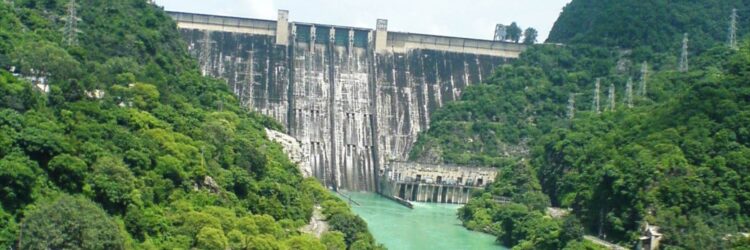
Bhakra Nangal Dam, which is also known as Bhakra Dam, is built on the Sutlej River in Bilaspur, Himachal Pradesh. The reservoir built there is named Gobind Sagar, and its maximum capacity is over 9 billion cubic meters of water.
The dam attracts a lot of tourists that come all over the cities in India. The nearest city is Nangal city, and the nearest town is Naina Devi. In fact, Nangal Dam is another one dam downstream of Bhakra Dam, but they are so close one to another, so it’s easier to treat them like one beautiful place, even though they are separate dams.
Bhakra Nangal dam is used for irrigation, electricity generation, and fishing.
3. Hirakud Dam
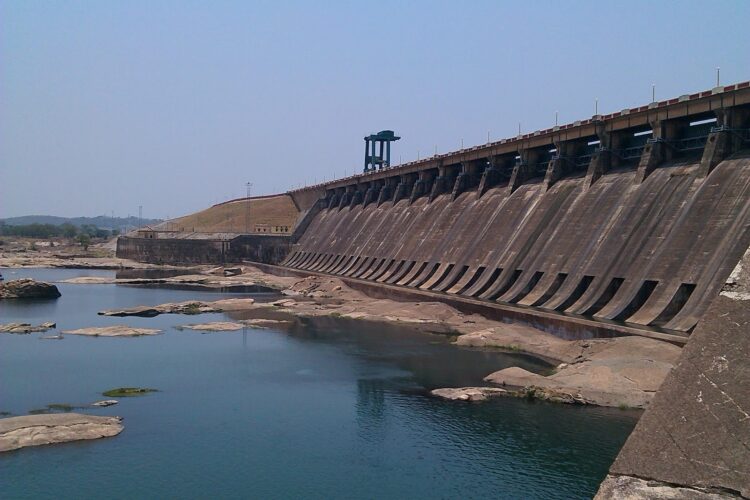
Hirakud Dam is a 15 kilometers long dam, which is built across the Mahanadi River, from Sambalpur to Odisha. There is also a lake, known as Hirakud Reservoir. It’s one of the first multipurpose dam projects in independent India. Also, Hirakud Dam is the fourth largest dam in the world.
It was first built to protect the crops from the floods. The reservoir is used to produce electrical energy. Hirakud Dam has three canals. The water from this dam is used in a few industries, including mineral and coal processing.
There is some evidence that the dam was built over important historical remains of old temples. When the water level is low, some of these remnants are visible. In the nearest environment, you can find a lot of birds, plants, and many other species.
2. Nagarjuna Sagar Dam
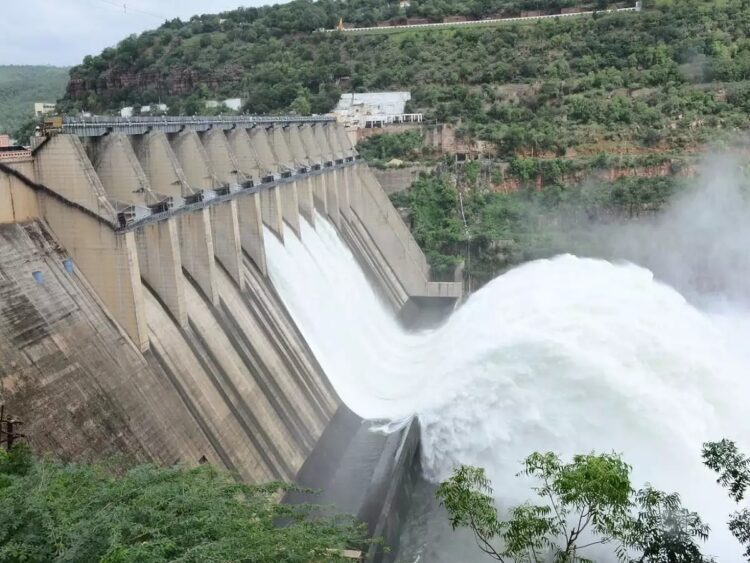
This one is really big and spectacular. It was built across the Krishna River, between the years of 1955 and 1967. There is a water reservoir too, with a large storage capacity of more than 11.000 billion cubic meters of water.
Nagarjuna Sagar Dam provides irrigation water to a few Indian districts, including Nalgodana, Suryapet, Krishna, Khammam, Prakasam, Guntur and West Godavari. These areas also use their electricity potential.
People love to visit this place, because it is really spectacular, especially when the gates are open around September and October when the monsoon season comes. It is one of India’s most popular architectural and technological wonders.
1. Sardar Sarovar Dam
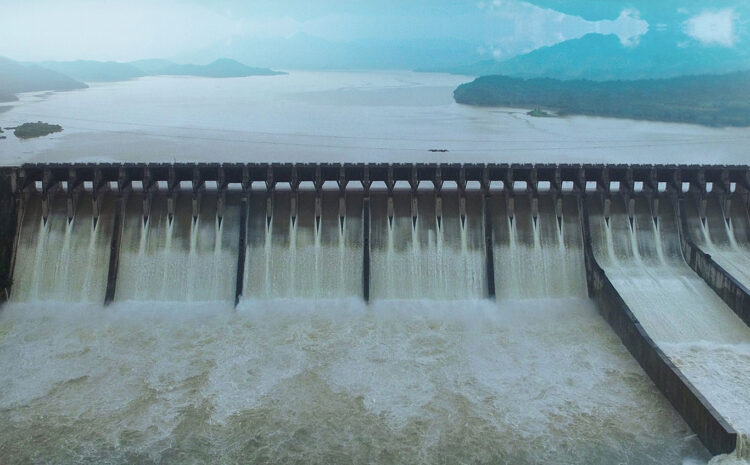
Four Indian states receive water and electricity from Sardar Sarovar Dam. This project was approved in April 1961, and it was really expensive, so the Indian government had to use credit loans to finish it. The building and construction of Sardar Sarovar Dam were stopped so many times, but in 2000 it was officially revived.
It is one of the dams and reservoirs that are part of the Narmada Valley Project, which is a hydraulic engineering project that includes a few multi-purpose dams on the Narmada River.
There are a lot of controversial cases against this dam, but in 2014 it was finally approved, making new rules about the height and the other features of the dam. This dam doesn’t only use the water energy to produce electricity, but also there are solar panels all over the canal, which is very useful and beneficial for the people who live in the surrounding villages.
Of course, there are a lot more dams and water reservoirs in India. Many of them are really famous and attractive, located in a breathtaking environment. But, even though they are popular with tourists and visitors, they are primarily used for irrigation and electricity.
India is a country that has great water potential, and that is why so many dams are built there. So, if somehow, you have a chance to visit India soon, mark some of these places on your traveling map. You won’t regret visiting one of the most popular dams and their artificial lakes. For sure you will find accommodation which is suitable for you near the dams.
Many of these dams have interesting backstories. So, if you meet someone who lives near, you can ask them to tell you some unique story, because so many of them remember how these dams were built and know something more that is written in the books or on the Internet.
